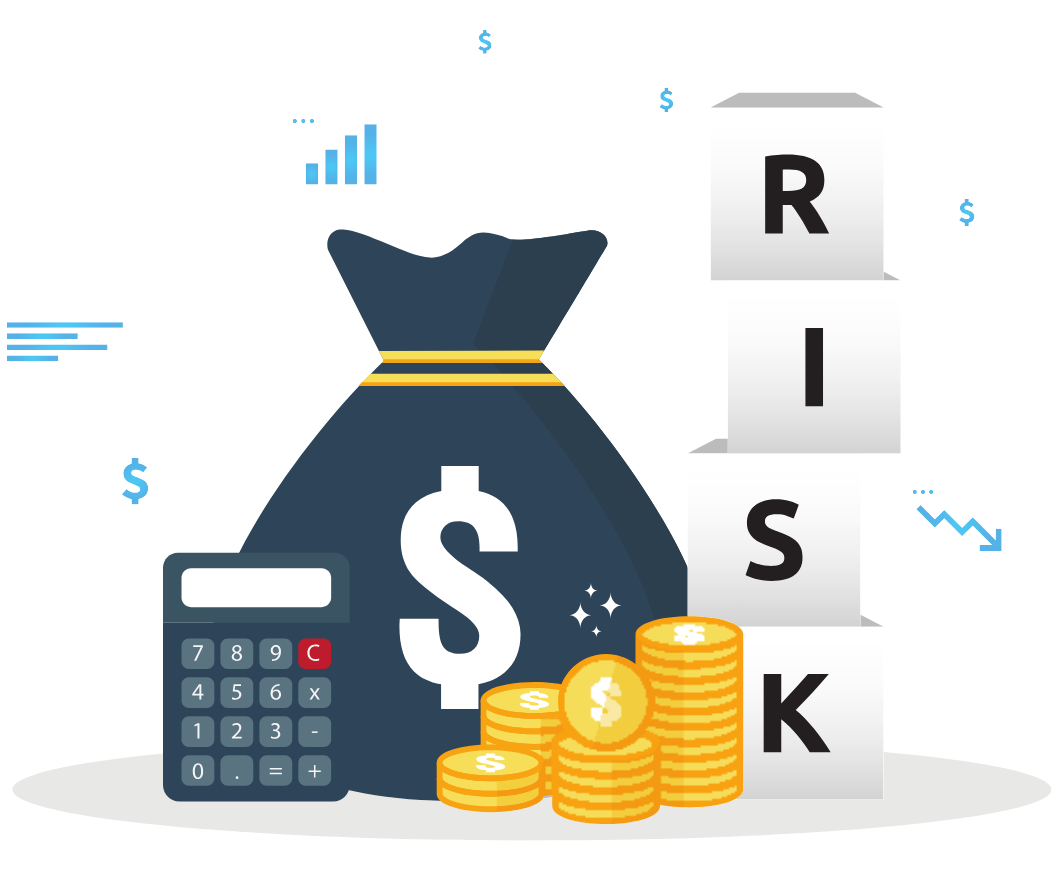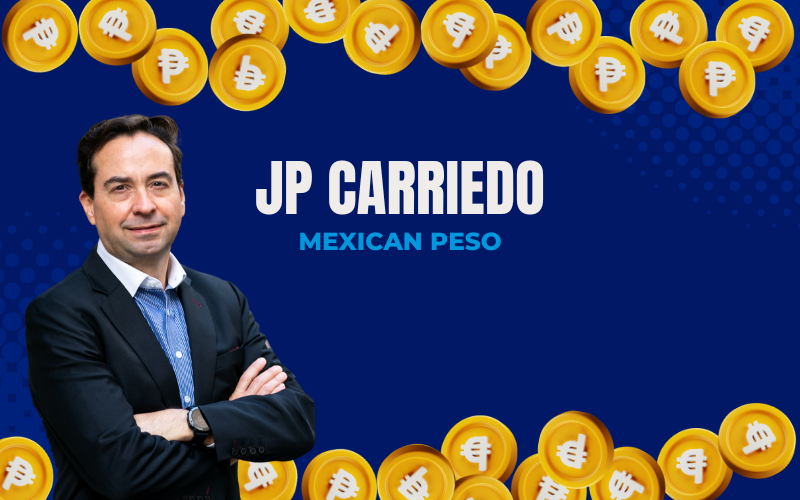As the U.S. dollar fluctuates and global markets remain on edge, currency risk is no longer a niche concern—it’s a serious operational threat. For finance leaders managing international exposure, the time to hedge is now.
Whether you’re importing goods, invoicing international clients, or holding cash in foreign subsidiaries, currency fluctuations can have a direct impact on your bottom line. A sudden swing in the EUR/USD or USD/JPY rate might mean the difference between hitting or missing your quarterly target.
So, how can you hedge against currency risk in your business in today’s volatile environment?
Let’s explore what currency risk really is, why it matters more than ever in 2025, and what practical steps you can take to hedge it effectively.
Whether you’re importing goods, invoicing international clients, or holding cash in foreign subsidiaries, currency fluctuations can have a direct impact on your bottom line. A sudden swing in the EUR/USD or USD/JPY rate might mean the difference between hitting or missing your quarterly target.
So, how can you hedge against currency risk in your business in today’s volatile environment?
Let’s explore what currency risk really is, why it matters more than ever in 2025, and what practical steps you can take to hedge it effectively.

What Is Currency Risk—and Why Should You Care?
Currency risk (also called FX or exchange rate risk) is the financial exposure your company faces due to changes in foreign exchange rates. It typically arises when your business:
- Buys or sells in multiple currencies
- Pays suppliers or employees overseas
- Receives international revenue
- Owns foreign assets or liabilities
Even relatively small shifts in currency value can have outsized effects on your margins. For instance, if the U.S. dollar weakens by just 3% against the euro, an importer making a €1 million purchase could see an unexpected cost increase of over $30,000. Multiply that by dozens of transactions, and you start to understand the scope.
In today’s environment of geopolitical tension, shifting interest rate policies, and persistent inflation, these moves are more frequent and more volatile than ever.
Why 2025 Is a Turning Point for FX Strategy
This year, CFOs and treasury teams are navigating a unique mix of challenges:
- The Federal Reserve’s evolving rate policy impacts global capital flows and the strength of the U.S. dollar.
- Moody’s recent downgrade of the U.S. credit outlook has caused waves in FX markets.
- Ongoing supply chain realignments expose businesses to new currencies and geographies.
- All of these factors make it harder to budget, forecast, and maintain healthy cash flow without an active currency risk strategy.
Practical Ways to Hedge Currency Risk
The good news: Hedging isn’t about beating the market—it’s about bringing predictability to your global operations.
Here are several proven ways finance leaders are managing FX exposure today:
- Forward Contracts: The simplest and most common tool. You agree to exchange currency at a fixed rate on a future date. This locks in your cost (or revenue), no matter what the market does in the meantime.
- Currency Options: More flexible than forwards, options give you the right—but not the obligation—to exchange at a set rate. This is ideal if you want protection but also want to benefit if rates move in your favor.
- Natural Hedging: Where possible, align your revenue and expenses in the same currency. For example, if you’re generating income in euros, consider sourcing from European suppliers. It’s a simple yet powerful way to reduce risk without using financial contracts.
- Rolling Hedge Programs: Instead of hedging one transaction at a time, many CFOs now use scheduled hedging programs that provide consistent coverage—quarterly, monthly, or even weekly. This “drip strategy” smooths out rate changes over time.
- Netting and Multi-Currency Accounts: If your company makes and receives payments in the same foreign currency, you can offset flows and reduce the number of actual conversions. This can also save on fees.
Making the Right Choice for Your Business
There’s no one-size-fits-all approach. Your optimal FX hedging strategy will depend on:
- Transaction volume and frequency
- The currencies you use
- Your company’s risk tolerance
- Your financial goals
This is where working with a specialized FX partner can make a measurable difference.
Monex USA: Helping You Turn Volatility Into Opportunity
At Monex USA, we work with thousands of businesses across sectors, helping them create smart, scalable FX strategies. Our team of experts can help you:
- Identify and measure your currency risk
- Design tailored hedging solutions
- Streamline international payments and reporting
- Gain real-time insights into rate movements and market drivers
Whether you’re just starting to hedge against currency risk in your business or want to improve an existing program, our specialists can build a strategy that aligns with your goals.
Final Thoughts: Don’t Let the Market Decide Your Margins
Currency volatility isn’t going away. In fact, in today’s macroeconomic climate, it’s only accelerating. But with the right tools and guidance, you can control your exposure, protect your profitability, and plan with confidence.

What Is Currency Risk—and Why Should You Care?
Currency risk (also called FX or exchange rate risk) is the financial exposure your company faces due to changes in foreign exchange rates. It typically arises when your business:
- Buys or sells in multiple currencies
- Pays suppliers or employees overseas
- Receives international revenue
- Owns foreign assets or liabilities
Even relatively small shifts in currency value can have outsized effects on your margins. For instance, if the U.S. dollar weakens by just 3% against the euro, an importer making a €1 million purchase could see an unexpected cost increase of over $30,000. Multiply that by dozens of transactions, and you start to understand the scope.
In today’s environment of geopolitical tension, shifting interest rate policies, and persistent inflation, these moves are more frequent and more volatile than ever.
Why 2025 Is a Turning Point for FX Strategy
This year, CFOs and treasury teams are navigating a unique mix of challenges:
- The Federal Reserve’s evolving rate policy impacts global capital flows and the strength of the U.S. dollar.
- Moody’s recent downgrade of the U.S. credit outlook has caused waves in FX markets.
- Ongoing supply chain realignments expose businesses to new currencies and geographies.
- All of these factors make it harder to budget, forecast, and maintain healthy cash flow without an active currency risk strategy.
Practical Ways to Hedge Currency Risk
The good news: Hedging isn’t about beating the market—it’s about bringing predictability to your global operations.
Here are several proven ways finance leaders are managing FX exposure today:
- Forward Contracts: The simplest and most common tool. You agree to exchange currency at a fixed rate on a future date. This locks in your cost (or revenue), no matter what the market does in the meantime.
- Currency Options: More flexible than forwards, options give you the right—but not the obligation—to exchange at a set rate. This is ideal if you want protection but also want to benefit if rates move in your favor.
- Natural Hedging: Where possible, align your revenue and expenses in the same currency. For example, if you’re generating income in euros, consider sourcing from European suppliers. It’s a simple yet powerful way to reduce risk without using financial contracts.
- Rolling Hedge Programs: Instead of hedging one transaction at a time, many CFOs now use scheduled hedging programs that provide consistent coverage—quarterly, monthly, or even weekly. This “drip strategy” smooths out rate changes over time.
- Netting and Multi-Currency Accounts: If your company makes and receives payments in the same foreign currency, you can offset flows and reduce the number of actual conversions. This can also save on fees.
Making the Right Choice for Your Business
There’s no one-size-fits-all approach. Your optimal FX hedging strategy will depend on:
- Transaction volume and frequency
- The currencies you use
- Your company’s risk tolerance
- Your financial goals
This is where working with a specialized FX partner can make a measurable difference.
Monex USA: Helping You Turn Volatility Into Opportunity
At Monex USA, we work with thousands of businesses across sectors, helping them create smart, scalable FX strategies. Our team of experts can help you:
- Identify and measure your currency risk
- Design tailored hedging solutions
- Streamline international payments and reporting
- Gain real-time insights into rate movements and market drivers
Whether you’re just starting to hedge against currency risk in your business or want to improve an existing program, our specialists can build a strategy that aligns with your goals.
Final Thoughts: Don’t Let the Market Decide Your Margins
Currency volatility isn’t going away. In fact, in today’s macroeconomic climate, it’s only accelerating. But with the right tools and guidance, you can control your exposure, protect your profitability, and plan with confidence.



